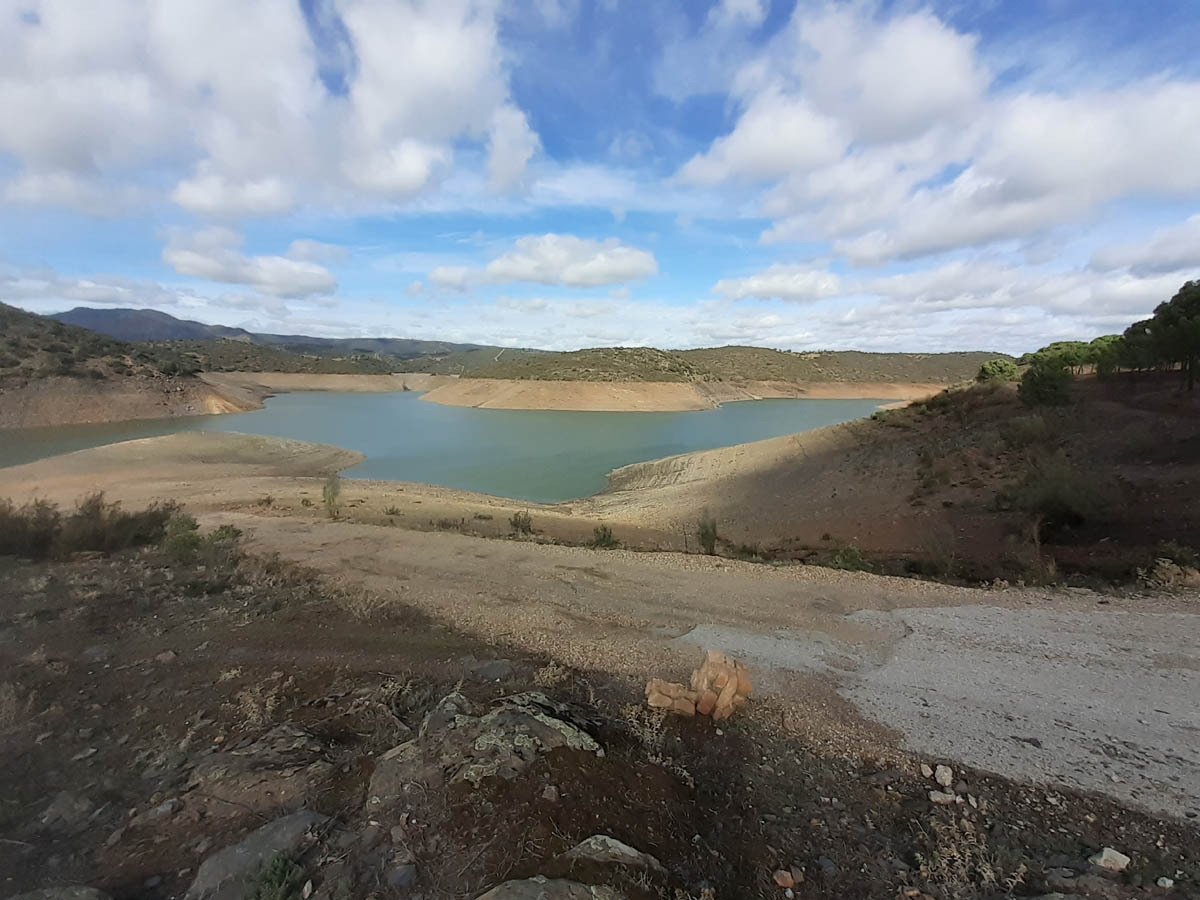
We are all being showered with news and comment about COP26 … but what is the Spanish context regarding the environment and climate change, and how is the climate conference viewed in Spain? Crucial! El Mundo reported on 30 October that the COP26 ‘guerra del clima’ (climate war) was starting in Glasgow “in the midst of the movement of the tectonic plates of geopolitics”: a new Cold War between the US and China, denial on the part of Brazil and Australia … and the UK taking the helm of COP26 in the midst of Brexit! “Un fiasco mandaría una preocupante señal geopolítica” (a fiasco would send a worrying geopolitical signal).
So, the Spanish climate context: we may think of Spain as having ideal weather conditions – for our holidays, at least. In fact the country has a huge range of climate types – from atlantic to mediterranean and all varieties in between – and is therefore vulnerable to the sort of extremes caused by climate change. Its landscapes, its vegetation and its current lifestyle and economic activity are the result of the way its climate has evolved over many thousands of years, with all its fine balances and extremes. Climate change is therefore most definitely a threat for Spain, as it is for the whole planet.
For many of us Spain is a holiday playground, with the reliable sunshine and warmth needed for whatever sort of outdoor activity we enjoy. We may be less aware of just how much of the fruit, salads and vegetables, that we take for granted in our supermarkets, is grown in Spain. Tourism and agriculture are both important. Then again, few people are aware of the many ski resorts in the Spanish sierras; in more ways than one the Spanish economy is just as dependent on precipitation as on warmth and sunshine. However, the good old popular saying: ‘The rain in Spain falls mainly on the plain’ has never been correct, in that most precipitation falls not on the plains, but on the mountains! And now it is doing so in decreasing amounts, as we shall see.
Spanish geography
Whilst Spain has many, and extremely extensive, plains, these are bounded by and crossed by the many mountain ranges. The whole of the Iberian Peninsula (Spain and Portugal) is heavily ‘accidented’ in the geographical sense. Indeed, the central part of Spain, often referred to as the Meseta (table-land), lies at a considerable height above sea-level, and is criss-crossed by several sierras. They, and the major rivers of the Iberian Peninsula, mostly flow east to west, with the Ebro being the only major river which flows east-south-eastwards into the Mediterranean. Overall, Spain is the second highest country in Europe after Switzerland. Hardly surprising, then, that the rain in Spain falls mainly on … the mountains!
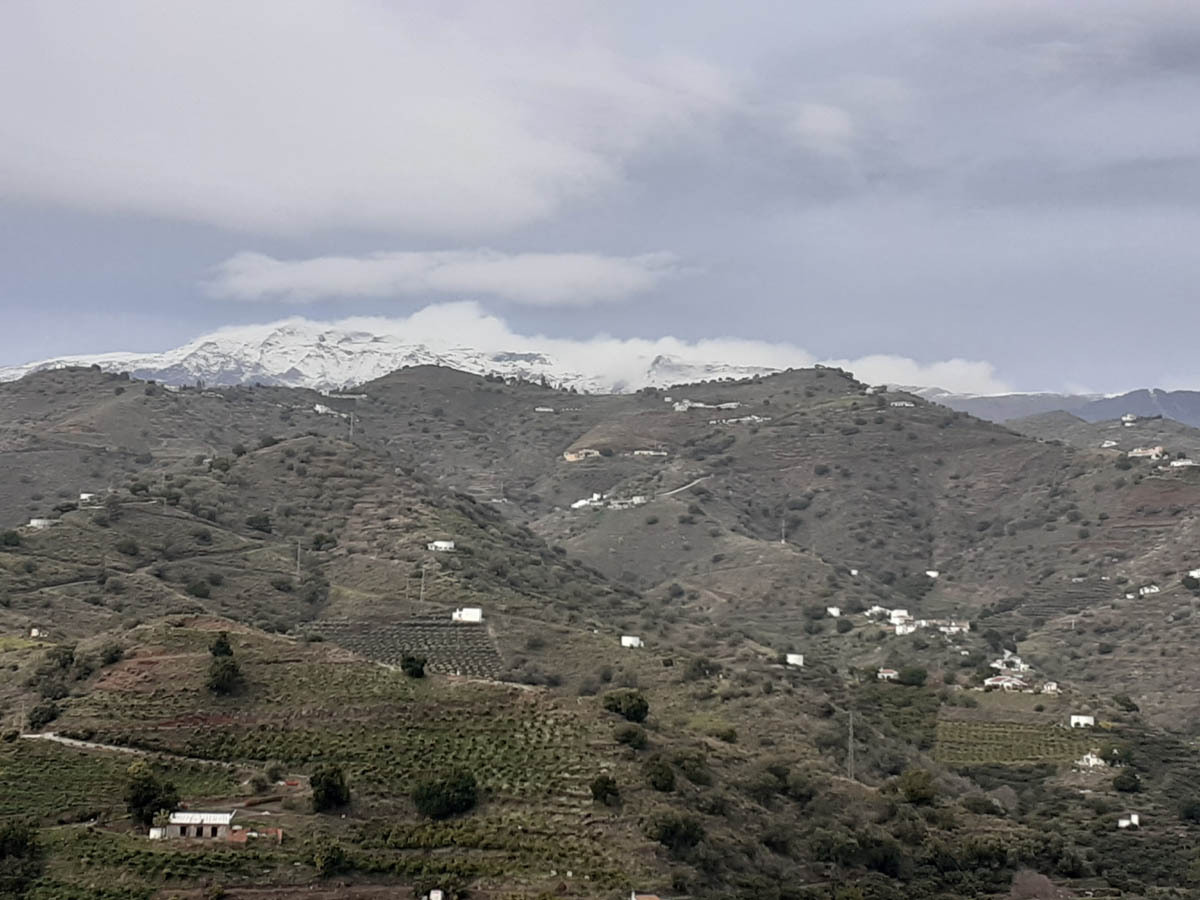
Irrigation
The answer to the problem of having little water where you need it for agriculture and daily life, but plenty in nearby mountains, is irrigation. Every civilization which has settled and developed in Spain has had its irrigation system. The Romans built aqueducts to bring water to their cities; those at Tarragona and Segovia can still be seen striding across their valleys. The Moors not only built irrigation channels to bring cooling water from the Sierra Nevada to cool down the courtyards of the Alhambra and Generalife palaces, but also developed complex systems to irrigate their crops. Since before Mediaeval times the allocation of water to farmers in the Valencia region has been adjudicated by the Tribunal de Aguas (ancient water courts), which can impose heavy fines for misuse, or for taking water outside allotted times … and can even cut off the farmer’s water supply. Jumping forward to the 20th century, General Franco demonstrated a rare redeeming feature by having hundreds of dams and reservoirs built to provide irrigation to support Spain’s recovering agriculture, which had been all but destroyed during the Spanish Civil War of 1936-1939. These dams also provided hydro-electric power to help industrial redevelopment. This indeed was green energy, nowadays supplemented by thousands of solar and wind farms.
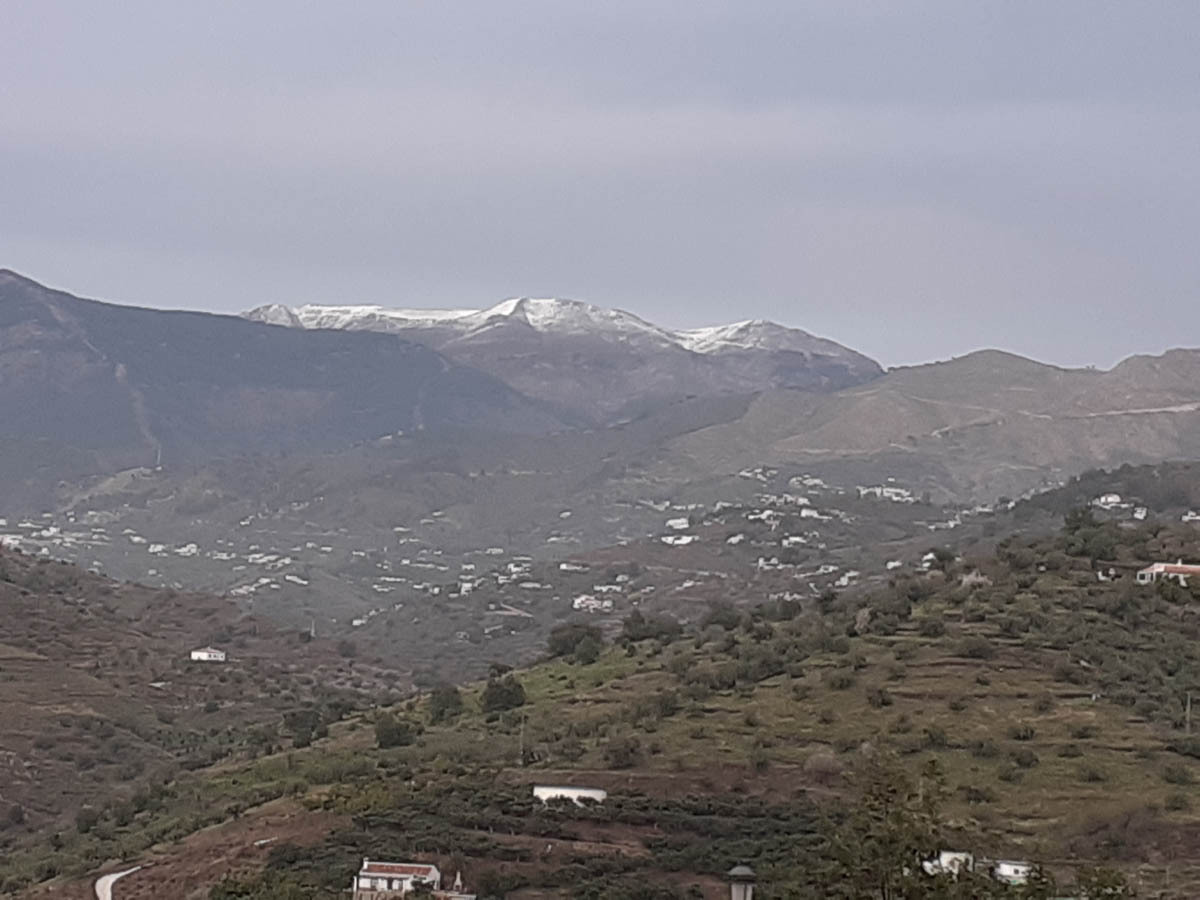
As an aside, tourism has created water-shortages in some areas, where water is directed to golf courses and hotel lawns, and tourists who expect to take a daily shower. It’s hardly surprising that, for example, the wetlands of the Coto Doñana in the south west have often suffered from greatly reduced water levels because of the nearby beach resort of Matalascañas. In our adopted mountain village near the Costa Tropical, east of Málaga, the village agricultores rely on the rainwater from the nearby mountains, channelled to them in large plastic pipes, to water their mangoes, avocados and citrus fruits. Only last week a local man advertised his allocation of water and associated time-slot for sale.
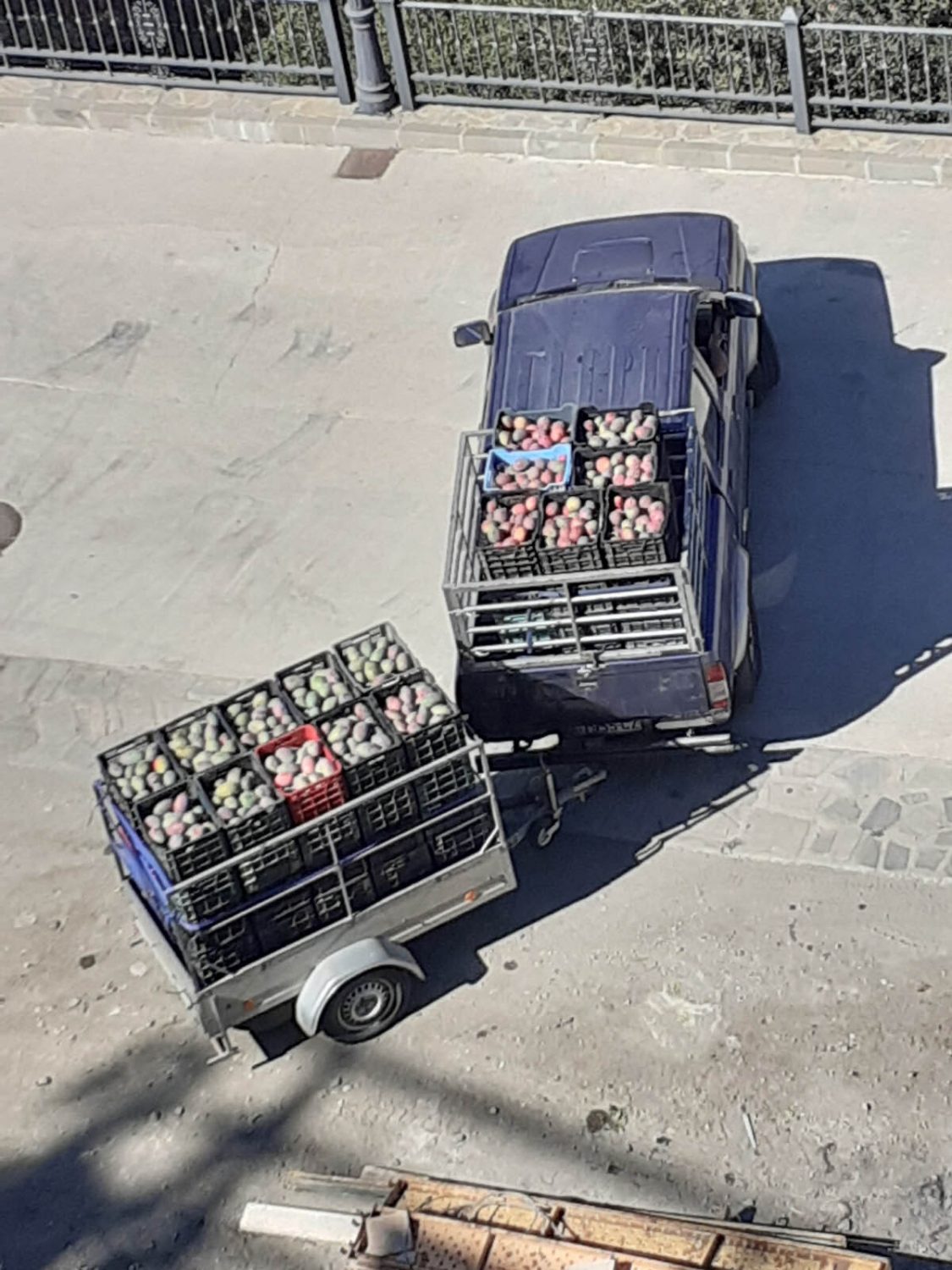
Nature
The other side of conservation of the environment is respect for nature – flora and fauna. The Spanish have a reputation, sometimes undeserved, for cruelty to animals. As far as nature is concerned, it is the destruction of natural habitats and the popularity of hunting which have had serious negative consequences. Birds of prey were hunted, perceived as a threat to farm animals, and in the Basque country in particular, songbirds were regarded as a gastronomic delicacy. However, much has been done to outlaw wanton killing of animals and birds. Besides, it should be remembered that Spain was one of the first countries in the world to establish national parks, the first, the Parque Nacional de los Picos de Europa, having been created in 1918. They are now the focus for supporting and reintroducing threatened species.
Here, we should mention Félix Rodríguez de la Fuente (Spain’s David Attenborough) – an idol of many young Spaniards in the 60s and 70s, thanks to his fascinating TV wildlife documentaries. Spain went into mourning when he was killed in a plane crash while filming in Canada in 1980. A song lamenting his death, ‘Amigo Félix’, was popular in the Spanish hit parade of the time. During a visit to the Sierra de Cazorla National Park in 2010, we were impressed by the memorial dedicated to him. We were equally impressed by the display set up there by Quercus, an organization dedicated to protecting, reintroducing and re-establishing threatened species of flora and fauna. Their display included a model of the huge quebrantahuesos vulture (lammergeier) which they were reintroducing there, as in other mountain ranges in Spain. (As an aside, the only actual lammergeier we have ever seen was flying around over Dartmoor a few years ago, when a migrating bird got lost and detoured via South Wales and then Dartmoor!)

It is significant that the Spanish organisation for protecting wildlife, Seprona (Sociedad para la protección de la naturaleza), is a specialist branch of the Civil Guard police force, able to punish offenders appropriately. However, education for positive attitudes to nature is also important. In August we were privileged to witness a further element of hope for the future of the natural environment. During a low key (because of the pandemic) village festival, we joined dozens of villagers of all ages attending a display of aves de rapiña (raptors, birds of prey). The couple presenting the show, with a dozen or so raptors of all shapes and sizes, gave a very informative and interactive commentary as they described the birds on view on their perches and those in the flying display.
I had overheard a man joking to his friend that he wished he’d got his shotgun out of his car … depressing. But then the reaction of the village children, mostly sitting in the front row, was much more encouraging. For example, a four-year-old, fascinated by the description of the flying ability of the peregrine falcon, diving onto its prey at speeds over 320kph, asked very pertinently “has it got brakes?” Much amusement ensued, but the explanation was appreciated by all: these birds attack smaller birds on the wing and are such agile fliers that they make a tight turn before they crash into the ground! Equally, the kids understood the explanation as to why poisons shouldn’t be used on vermin: if they are eaten by birds of prey, they too are poisoned, and so the numbers of natural predators are reduced. They were amused to learn how easily nocturnal raptors are able to track mice, following the scent of their urine trail, mice being incontinent! In fact, the village children asked many perceptive and intelligent questions and learnt a lot about the birds. Education is crucial in improving attitudes to nature and wildlife.
Listen to the rhythm of the falling rain …
Well yes, but not this year! At our village house we have often in the past been woken at night by raindrops pitter-pattering on the railings on the balcony of our bedroom, the sound sometimes rising to the roar of a torrential downpour. Rainfall is always welcomed by the villagers, many of whom are agricultores growing their crops on the terraced mountainsides. However, during last July and August there was no rain and, instead, an unusually long heatwave. We returned there for October … and again, no sound of rain on our railings. In fact, my wife, consulting her five-year diary with each date over five years displayed on one page, realised that in every previous year there has been a good amount of rain in October. Not this year, apart from a few spits and spots, and a bit of a shower one day during our drive down the mountain road to the coast. Great weather for drying the washing, but awful if you are trying to make a living from your crops. Fortunately, sufficient rain has fallen on the nearby mountains: the efficient irrigation system has enabled a good crop of mangoes to be produced, but the grape harvest has been poor this year. Climate change means less rain in Andalucía.
This drought situation was confirmed on our journey northwards through Spain on our way back to Devon. The water levels in the reservoirs, seen from the motorway as one drives up from the coast towards Granada, were way below normal for the time of year. The following day we took a detour to the Pantano del Rumblar reservoir near Baños de la Encina before resuming our journey north. It was the same story here, and specifically one we saw covered in a television report that evening during dinner at our hotel: a drought had been declared that very day in the Guadalquivir basin, this river being the principal one in Andalucía. This was also a main headline report in the online version of ABC , as we saw when we caught up with online news that evening. We had seen the evidence for ourselves and had taken photographs of the depleted reservoir. Under the headline: “Se declara oficialmente la situación de sequía en la Cuenca del Guadalquivir” (Drought situation declared officially in the Guadalquivir basin), the ABC report states that the water stored is not even at half the average in the last ten years. The various reservoirs supply water to four million people, and in a couple of towns the water is being cut off at night and water for irrigation is being restricted. The lack of rainfall has dried up the crucial aquifers: in so many ways, the Sahara Desert is advancing northwards into Spain.
The COP26 target: 1.5ºC – enough?
Reduced rainfall is one of the three examples of the consequences of failure to limit temperature rises described by a Spanish climate scientist, José Manuel Gutiérrez, as quoted in an article in El Mundo reporting the COP26 focus on global warming. He says that rainfall reductions of between 10 and 25 per cent would be likely. Furthermore, even if the COP26 target of 1.5ºC is achieved, the average temperature in the countries bordering the Mediterranean would actually rise by 2.3ºC; a global rise of 3ºC would mean a 4.7ºC local increase. A typical summer’s day would mean temperatures of up to 50ºC. The third example offered by Gutiérrez is that the total number of days with temperatures over 40ºC would, in the Guadalquivir Valley, rise from ten days (at a global rise of 1.5ºC) to 25 days (at a global rise of 3ºC). Our experience in the unusually long heatwave in July and August this year, of many sweltering days at over 35 ºC and some up to 40ºC, was a salutary warning to us about the consequences of global warming.
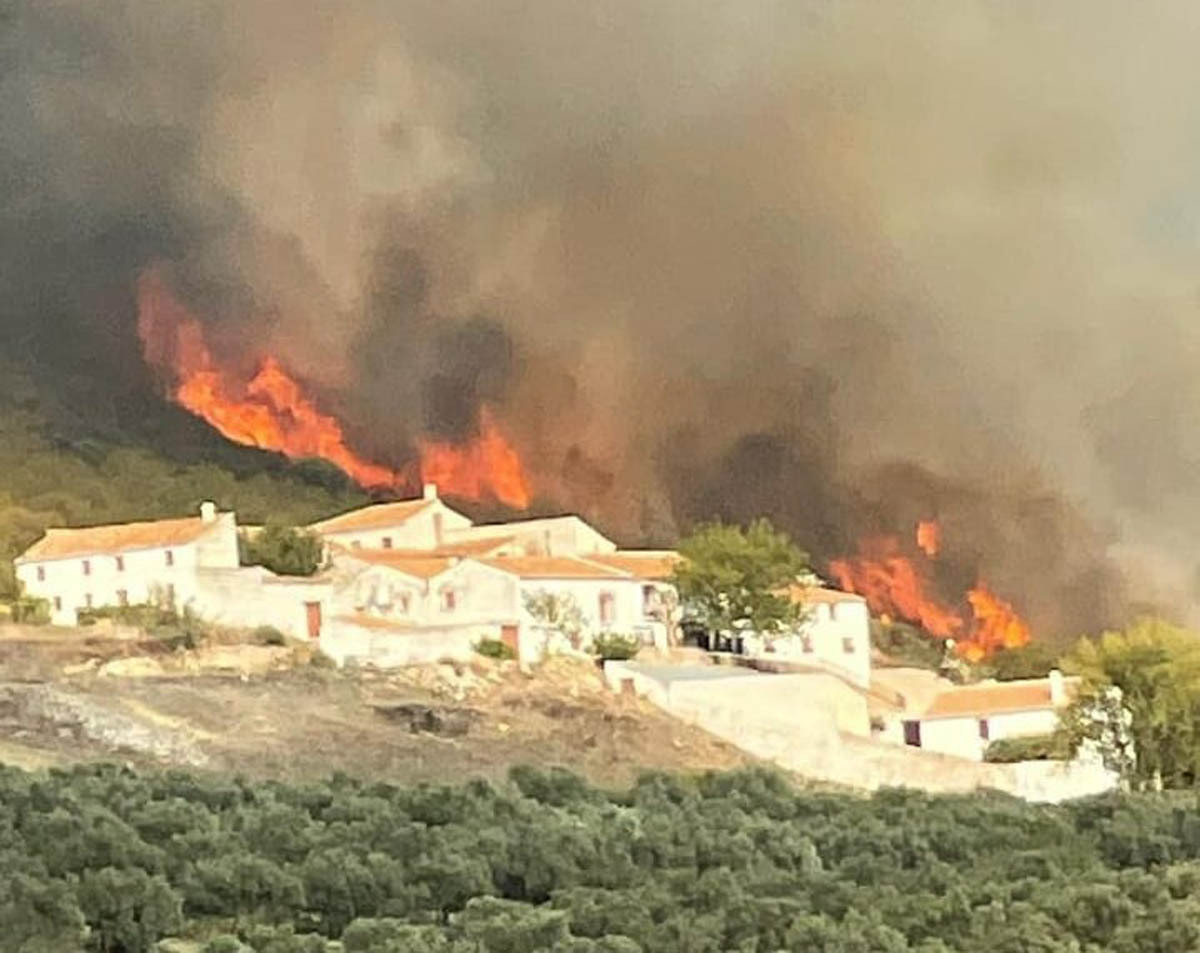
“Fire weather”
The same article also states that: “una de las consecuencias del aumento de temperaturas es el fire weather o tiempo apropiado para que haya intensos fuegos forestales”. I suspect that this needs no translation. Indeed, we have seen exactly this in the Sierra Bermeja, near Estepona, a resort familiar to some Costa del Sol tourists. In August, the wildfire there consumed many thousands of acres of land and many homes; it took several weeks to bring the fire under control, and a firefighter lost his life. This report in El Diario is clear that this was the result of climate change. There were collections in our village for the people of the area who lost so much in that fire. Even closer to home, a remote country restaurant, where we enjoyed a delicious meal in idyllic surroundings a couple of years ago, was almost lost recently when a wildfire threatened the little hamlet high on the mountainside near Periana. The owners and their neighbours were evacuated, but the fire was brought under control just in time.
Other COP26 reports
It might seem surprising that even a regional newspaper like El Periódico Extremadura online carried a major 1,500+ word article on COP26 on 1 November. But no, not at all surprising when one realises that Extremadura, bordering Portugal in the west and Andalucía in the south, is already one of the driest and often hottest in Spain. It is also very dependent for irrigation on the rainfall in regions further to the east and north!
A Spanish company which is actively participating in COP26 is the energy company Iberdrola. As its name suggests, its origins and much of its current activity focuses on hydro-electricity. It states in a long online article that it is committed to actions to mitigate the impact of climate change: “Esta estrategia llevará a Iberdrola a convertirse, en 2030, en una compañía neutra en carbono en Europa … y alcanzar la neutralidad en carbono a nivel global para 2050.” On 4 November, quoted in a short article in Cinco Días El País, Iberdrola’s president, Ignacio Sánchez Galán, declared the need to: “cerrar el carbón por completo y demoler esas centrales” (turn off coal completely, and to demolish those power-stations). The proof of the pudding? Iberdrola has closed 17 fossil-fuel burning power-stations in the last 20 years.
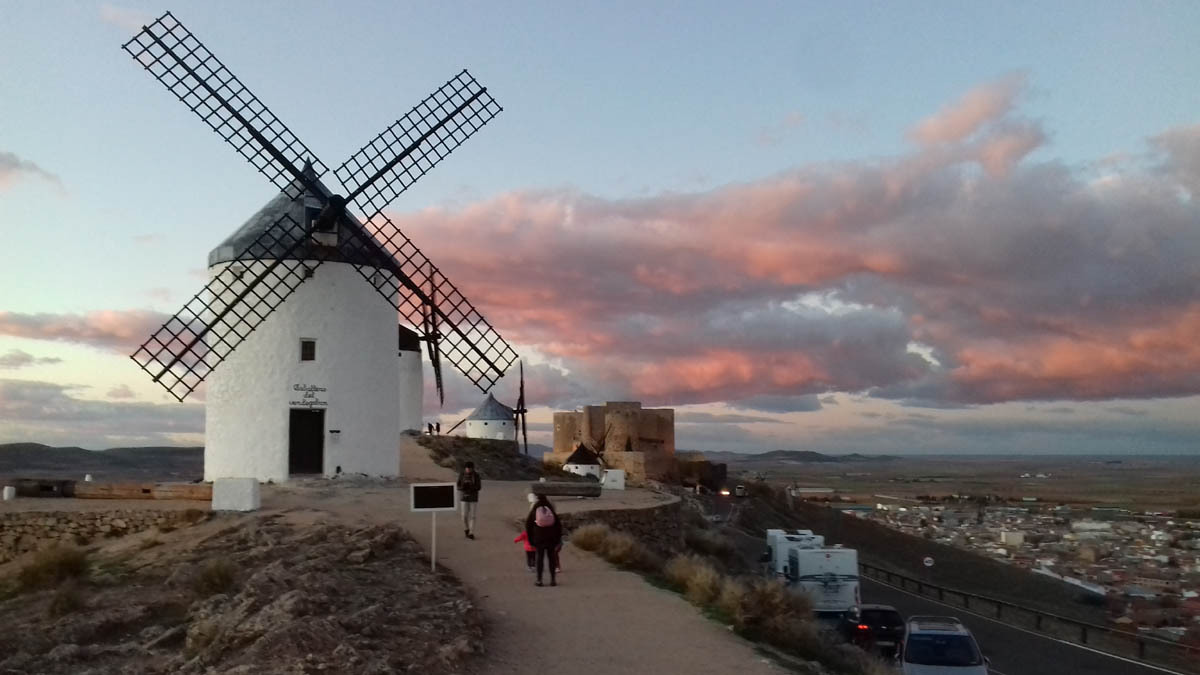
The view from there
So, how is COP26 viewed from Spain so far, a country with so much to lose if COP26 does not deliver its promises? With mixed feelings! The El Mundo article of 2 November talks for example of the aspirations: a drastic reduction in methane emissions, and 16,000m dollars to protect ‘los pulmones del planeta’ (the planet’s lungs). Indeed, a major agreement between the US and the EU, among other countries, to reduce methane emissions by 30 per cent in 2030 was announced with fanfares, but with China, India and Russia conspicuous by their absence. Meanwhile, surprisingly perhaps, Brazil is joining the plan to preserve the woodlands and forests of the world, which play such an important role in absorbing CO2.
Meanwhile, to conclude, much was written in the Spanish press about the sheer environmental profligacy and irresponsibility of what El Mundo’s article dubbed: ‘hipocresía verde’ (green hypocrisy). The article describes: “una lluvia de aviones privados que ha provocado las acusaciones de ‘hipocresía verde’ hacia los líderes y empresarios” (a rainshower of private jets, which provoked accusations of ‘green hypocrisy’ levelled at leaders and businessmen). Then, of course, there was Joe Biden’s 26-vehicle motorcade – and as for Johnson: “ha recibido duras críticas por volver a utilizar el avión en su regreso a Londres”, (he was heavily criticised for using the plane to return to London) instead of travelling by train. This was just: “un día después de advertir que el cambio climático es como el dispositivo fatídico del fin del mundo de las películas de James Bond” (a day after warning that climate change was like the ominous device at the end of a James Bond film). Typical of Johnson, unable to resist some sort of schoolboy clever-dick quip. But then, he is incapable of taking anything seriously.
The Spanish, on the other hand, do know how to take things seriously when necessary. Many are descended from the tough, resourceful people who fought hard for hundreds of years to recover their land, and in some areas have had to battle with difficult terrain and an unfriendly climate to make the land work for them. The same qualities helped them to conquer and settle new lands, admittedly sometimes with less than creditable results as with all ’empires’. Yet their intimate dependence on the land over many centuries has helped Spaniards as a nation to acquire a high degree of realism. They know only too well how important their climate is, and must be hoping that the results achieved by COP26 in the long term will keep their climate favourable, and enable the rain to keep falling on their mountains!




